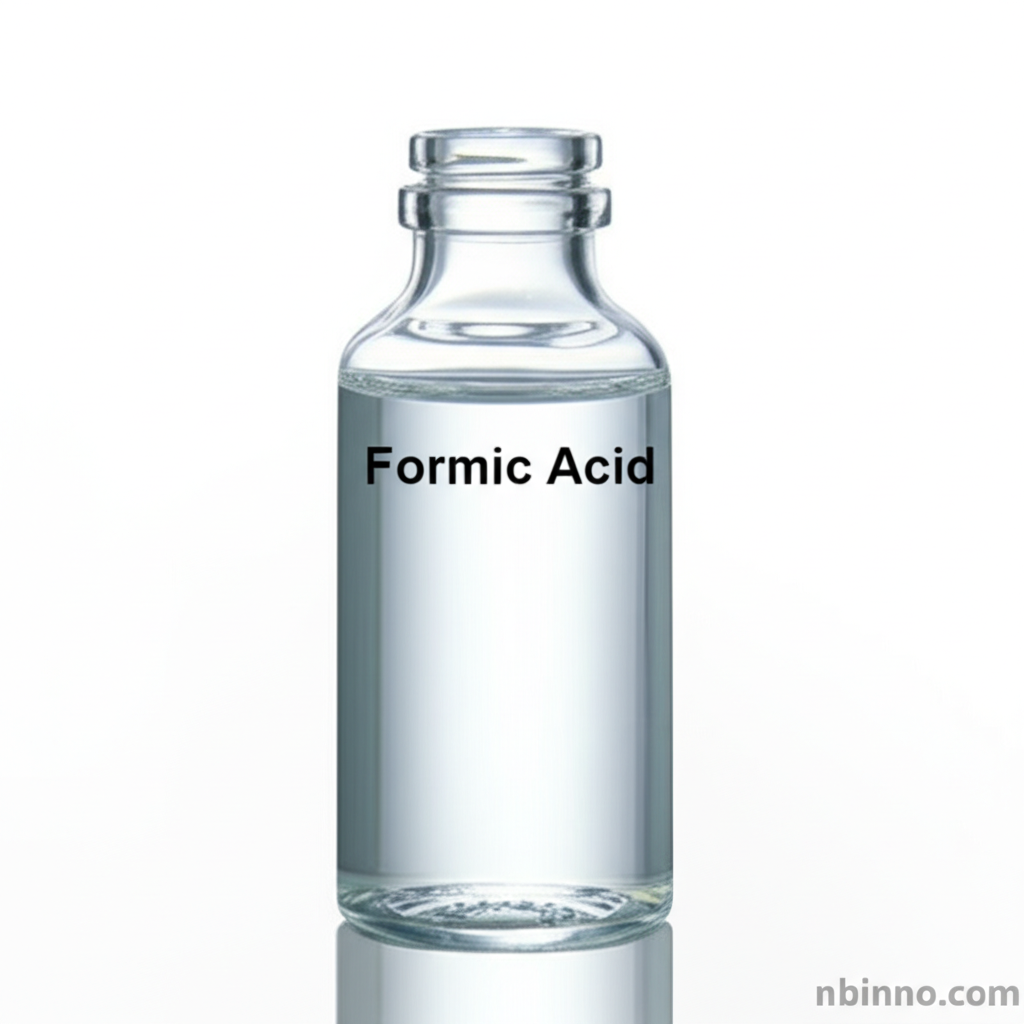Anhydrous Formic Acid: Your Essential Chemical Raw Material
Discover the versatile applications of high-purity formic acid, a cornerstone of modern industrial processes.
Get a Quote & SampleProduct Core Value

Formic Acid
Formic acid, the simplest carboxylic acid, is an indispensable organic chemical raw material. Its unique properties make it vital across numerous industries, from agriculture to pharmaceuticals.
- Explore the widespread uses of formic acid in agriculture, particularly as a preservative and antibacterial agent in livestock feed, helping maintain nutritional value and prevent decay.
- Understand how formic acid serves as a key component in leather tanning and textile printing and dyeing, showcasing its versatility in surface treatment and coloration processes.
- Learn about the applications of formic acid in organic synthesis, where it acts as a source for formyl groups and hydride ions, facilitating complex chemical reactions for producing esters and medical intermediates.
- Discover the role of formic acid as an industrial solvent and its utility in manufacturing various products, highlighting its significance as a fundamental chemical building block.
Key Advantages of Formic Acid
Industrial Versatility
Leverage the broad applicability of formic acid in diverse sectors, making it a cost-effective choice for multiple industrial needs, including its role as a chemical raw material.
Enhanced Preservation
Utilize formic acid's potent antibacterial properties for preserving animal feed, ensuring extended shelf life and better nutritional content for livestock.
Efficient Chemical Synthesis
Benefit from formic acid's reactivity as a reducing agent and a source of the formyl group, streamlining processes in organic synthesis and the production of fine chemicals.
Key Applications
Pesticides & Agriculture
Investigate the use of formic acid in pesticides and its crucial role as a preservative in agricultural applications, such as animal feed.
Leather & Textiles
Explore how formic acid is integral to leather tanning processes and textile printing and dyeing, enhancing material quality and appearance.
Pharmaceuticals
Understand the significance of formic acid as a pharmaceutical intermediate, contributing to the synthesis of various medicinal compounds.
Industrial Processes
Recognize formic acid's utility as an industrial solvent and its application in metal surface treatment and rubber manufacturing.
